Shooting in cold weather is always challenging. If it’s not the weather alone, the impact it has on photography gear and the lack of contrast can put many photographers off. But winter doesn’t mean that you have to stay indoors. B&H shares these tips to help you along the way:
Dress Appropriately
Whatever you do, don’t wear shorts in cold weather.
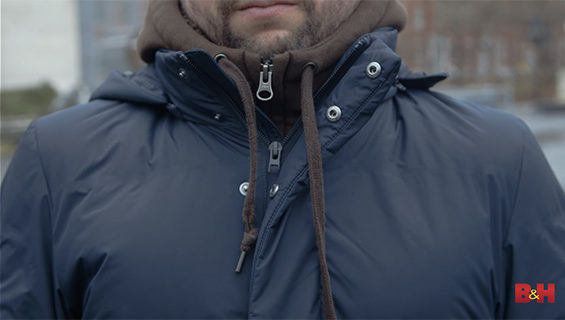
Wear clothing made out of water resistant and moisture-wicking material. These materials are great for keeping you dry for long periods of time. Hats and gloves are imperative, too.
Acclimatize Your Gear
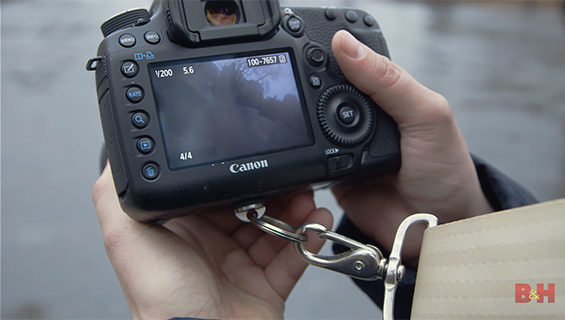
Photo gear doesn’t handle sudden changes in temperature well. Taking your camera out of the warmth of your home and to the chill of the outdoors can create condensation both inside and outside the equipment. You will likely to find it on the viewfinder, the front element of the lens, and even on the LCD screen.
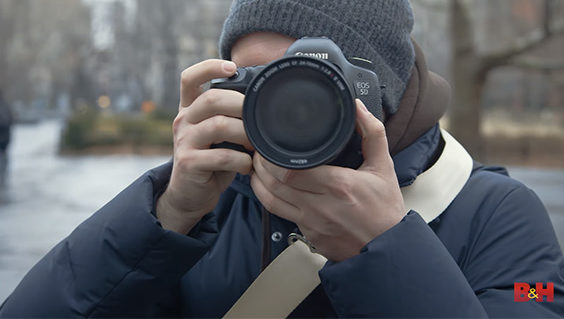
The best way to acclimatize your gear to the outside temperature is to take a short walk with the gear hanging around your neck or shoulders.
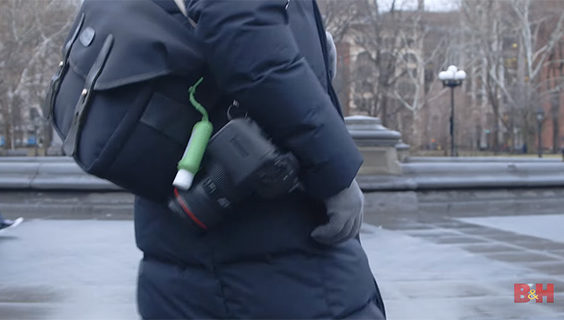
Use the Right Camera
Some cameras come with weather proof construction. The Panasonic GH5 and the Sony a7R III, for example, have great weather sealing. You can shoot with them for long periods of time without any problems, as long as you have spare charged batteries. Cold weather will drain your batteries faster.
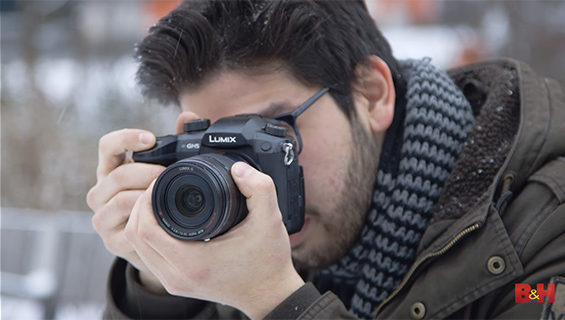
Another tip Flores shares is to use a manual focusing lenses. Manual lenses tend to perform better in cold weather, because they don’t rely on an AF motor to focus.
Use a Camera Bag
Carrying your camera and lens in your hands at all times can be a hassle. Plus, camera bags provide enough protection to safeguard your gear from the weather and occasional knocks and bumps. Look for a bag with weather-proof material.
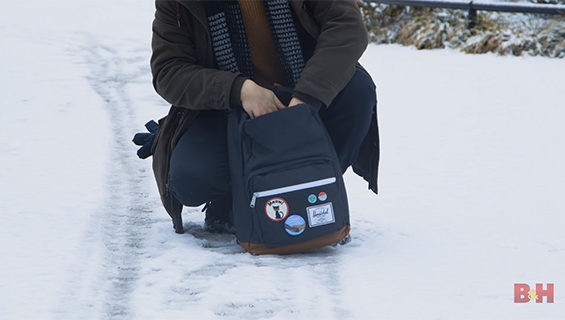
Keep Your Batteries Warm
Battery performance tends to take a beating in cold weather. So, you are likely going to get a lot fewer shots than what a fully charged battery should ideally give you. Keeping your batteries warm when not in use tends to improve the performance.
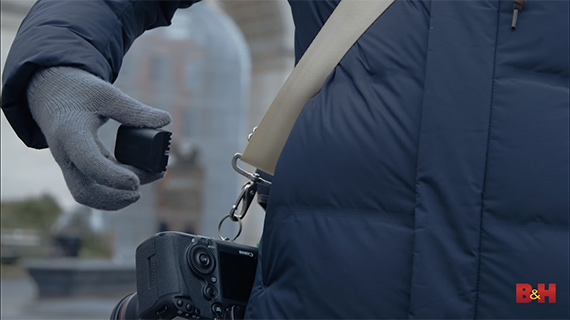
Make it a point to keep batteries in an inside pocket of your jacket, close to your body. Have a system in place to identify expended batteries from unused ones. When the batteries are fully expended, keep them in a separate pocket.
Find the Right Tripod
Whether it’s landscape or astrophotography, the right tripod will help you to get the shot.
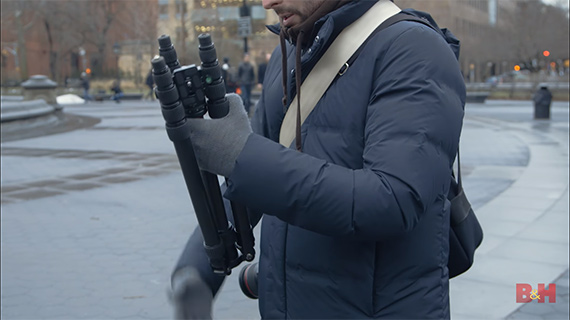
When it comes to the material composition, carbon fiber tripods are better suited for cold weather than their aluminum counterparts.
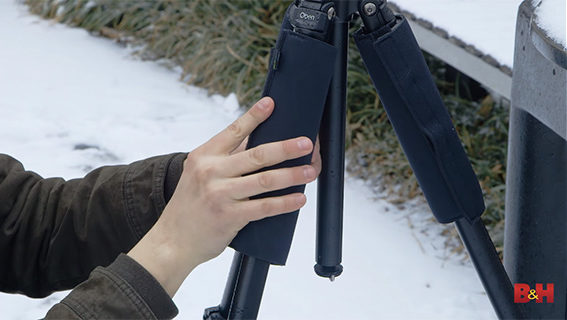
Aluminum gets pretty cold and is likely going to send a chill down your spine if you accidentally touch the metal parts without your gloves on. If you don’t have a carbon fiber tripod, try tripod leg warmers. They comes in many colors and patterns and are great for preventing that cold shock. Plus, they also give you soft padding for when you carry your tripod around.
Mind Your Exposures
With ice and snow in your frame, your camera is undoubtedly going to be fooled into thinking that the subject is too bright. With a DSLR you can always check the shot later on to confirm. As a mirrorless shooter, you can try changing your camera style or film simulation to black and white.
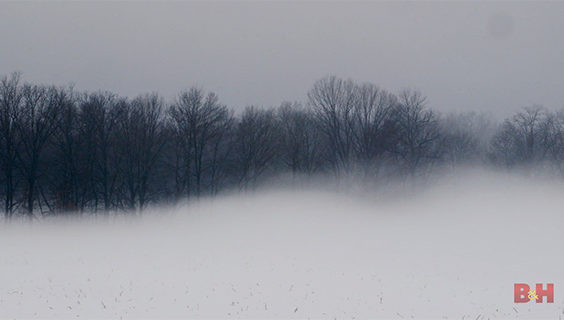
This is a much better way to check for contrast in your images. With all the color information stored in the RAW files, it’s easy to add the colors back during post-processing.
What other cold weather photography tips do you have to share?
Go to full article: Photography Tips for Cold Weather
What are your thoughts on this article? Join the discussion on Facebook
PictureCorrect subscribers can also learn more today with our #1 bestseller: The Photography Tutorial eBook
The post Photography Tips for Cold Weather appeared first on PictureCorrect.
from PictureCorrect http://ift.tt/2FHU9sV
via IFTTT






0 kommenttia:
Lähetä kommentti